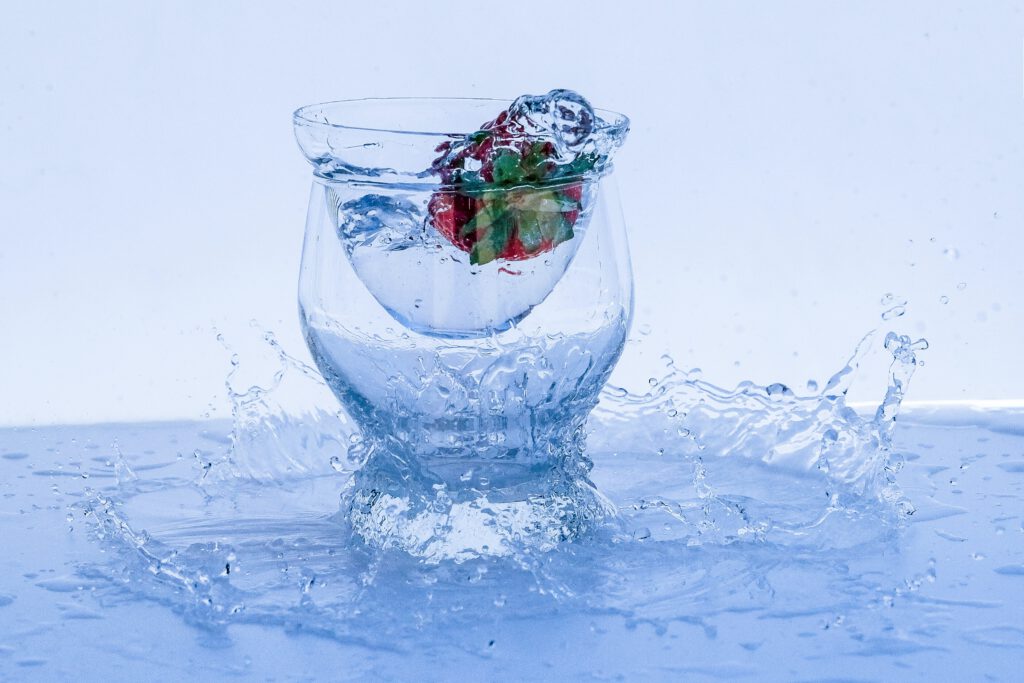Practical ways to encourage older people to drink more fluids

Ever been in one of those conversations where you’re trying to encourage your older relative to drink more water? But they don’t want to because they’re not thirsty, or they’ll be getting up in the night even more often than they already do? Or they won’t be told by their children what to do?
Getting enough liquid on board is important to everyone to avoid dehydration, and for older people it’s even more vital. It can cause confusion, and put extra pressure on organs such as kidneys and the heart. Severe dehydration can lead to hospitalisation.
But older people can find themselves dehydrated for a number of reasons. As well as just not feeling the need or desire to drink regularly, they can be affected by some medications. And ageing and therefore poorer kidney function, as well as any sickness or diarrhoea, can all cause problems.
Around 1.7 litres of fluid a day is often recommended for an elderly person, which can sound pretty daunting.
Insisting on drinking that much plain tap water every day probably is doomed to failure. So what can we do to make it a better and more appealing experience?
Different ways to take on fluids
If the relative has regular visitors, they can try to ensure tap water always available and in plain sight – perhaps bottled or filtered water for taste, and kept in the fridge for coolness.
We can start by ringing the changes on straight fluid intake with
- Squashes and cordials
- Mixing fruit juices with water, making a pleasant drink but without the full sugar content of undiluted juices
- Ice lollies and even an adult version of Slush Puppies
There’s some debate about whether the caffeine in tea and coffee works to hydrate or dehydrate, but it’s still fluid.
It’s not just drinks that can help to keep hydration up. So can fruits, vegetables and soups. Foods like watermelon and cucumber are great examples as they are almost all water.
We’ve also heard good things about Jelly Drops, which look like flavoured sweets but are 95% water.
Serving drinks in new ways
How drinks are served can make a difference too. How about non-alcoholic cocktails, served in cocktail glasses. Or indeed, any drink served in a more fun vessel, like a wine glass or even a beer tankard!
Sometimes, it’s the simplest things that need to change. In care homes many residents are given all their drinks in ‘sippy cups’ with lids, reminiscent toddler training cups. These, or the closed cups with room for a straw, are ideal for those who struggle to sit up enough to use a normal cup, or have shaky hands.
If you find your parent is happy with using these, then it’s well worth keeping a supply for times such as hospital stays, where standard issue is often an unappealing jug of lukewarm water with a glass.
Making carers part of the plan
If your parent is in a care home, you can ask about their personal plan for your relative and that could include regular offers of accessible drinks, and weighing residents to check for any sudden weight loss.
If your parent is still living independently, but has in-home care, it’s definitely worth liaising with the care provider to check if they have seen your parent drinking, or if there’s more than could be done to make fluid intake more enticing.
Should your parent have to go into hospital, it’s worth mentioning the need for a sippy cup, for example. Care assistants won’t know unless you’ve spoken to them or it’s specifically in your parent’s notes. And of course visitors can bring squash and the little packets of juice to add some taste to taking on fluids on the ward.
Photo by Daniele Levis Pelusi on Unsplash

